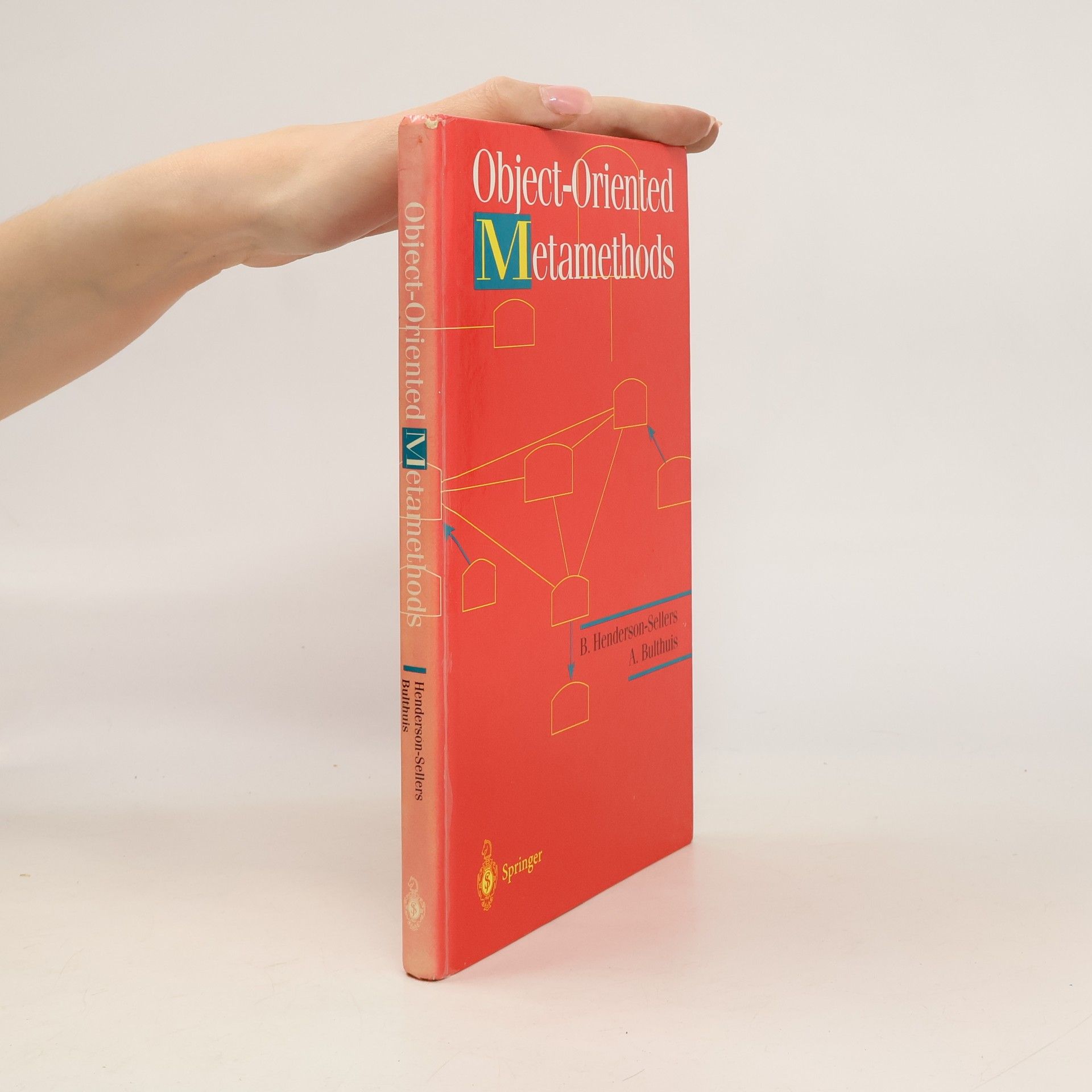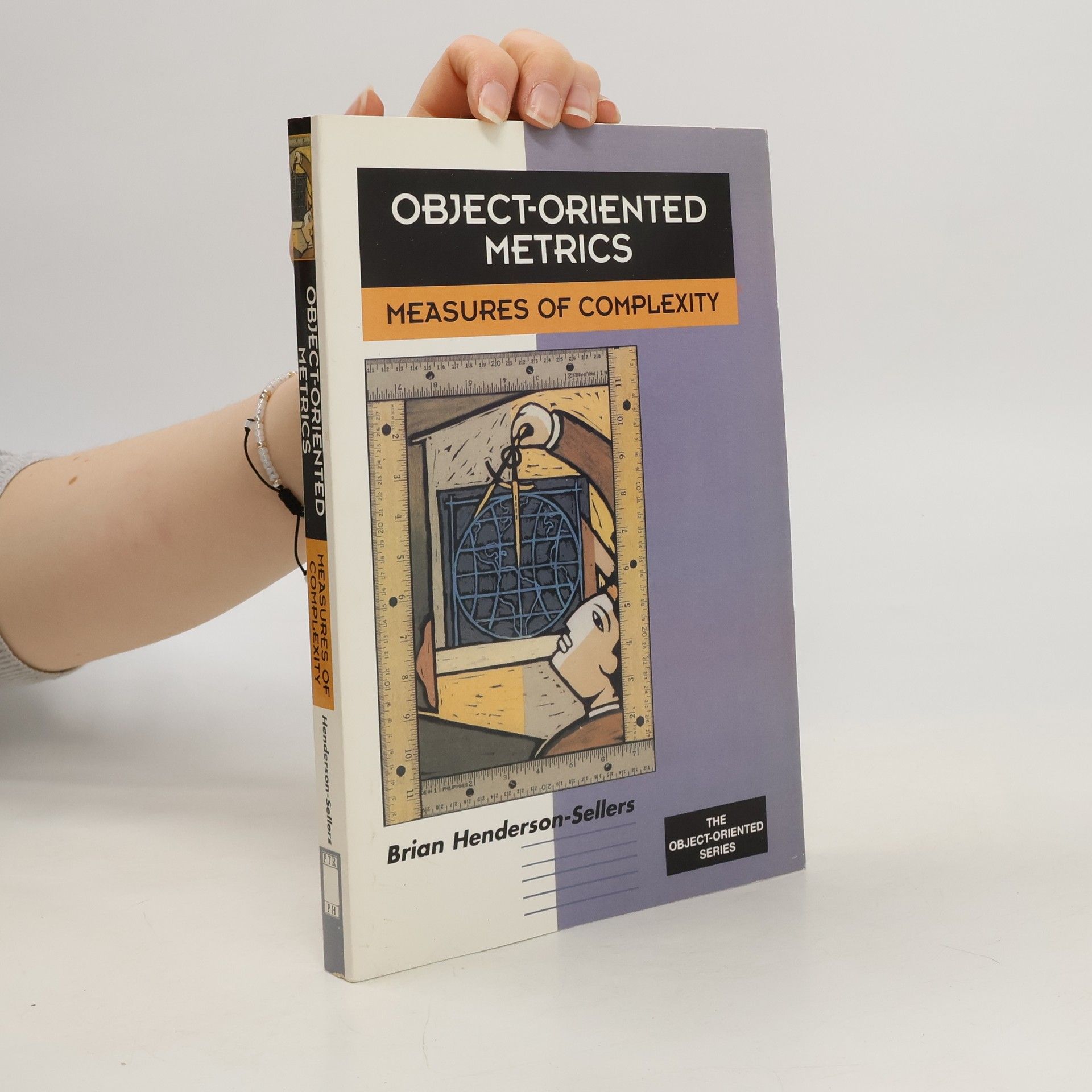Object-Oriented Metrics
- 252 stránek
- 9 hodin čtení
Object-oriented (OO) metrics are an integral part of object technology — at the research level and in commercial software development projects. This book offers theoretical and empirical tips and facts for creating an OO complexity metrics (measurement) program, based on a review of existing research from the last several years. KEY Covers moving through object-oriented concepts as they related to managing the project lifecycle; the framework in which metrics exist; structural complexity metrics for traditional systems; OO product metrics; and current industrial applications. For software developers, programmers, and managers.


